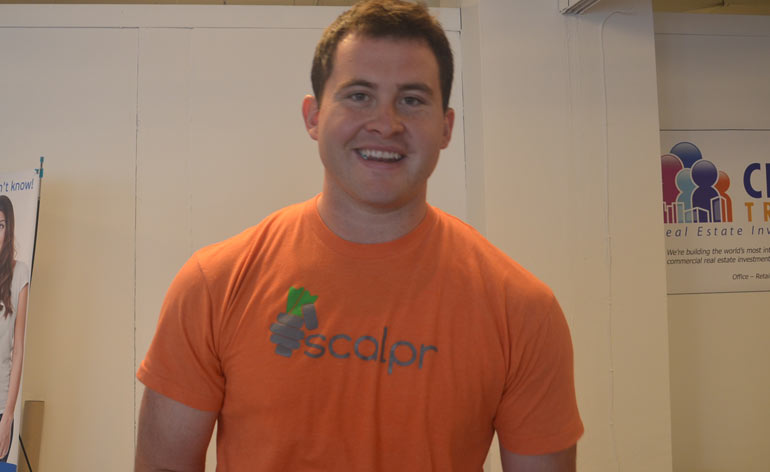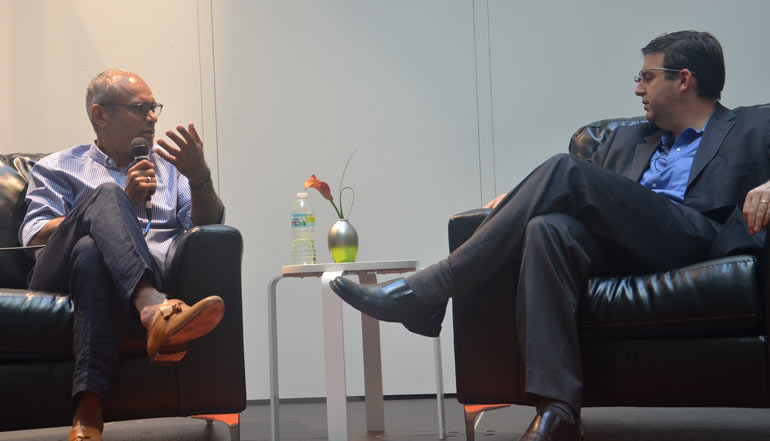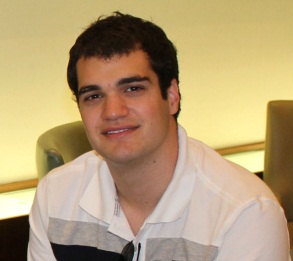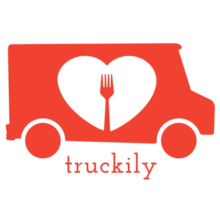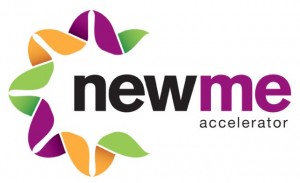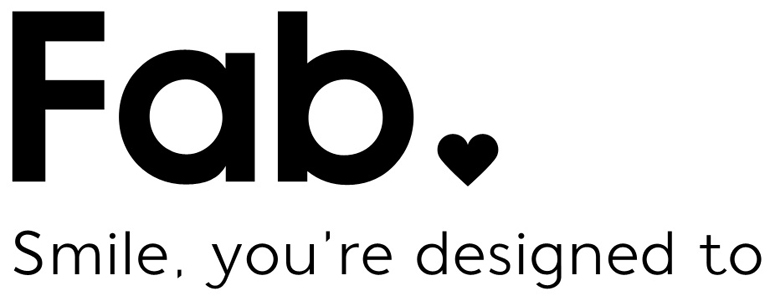 It only took about six months of deal flow and a handful of “pitches” before I realized that most entrepreneurs are really, really bad at “selling themselves” and “pitching” their ideas and companies to investors.
It only took about six months of deal flow and a handful of “pitches” before I realized that most entrepreneurs are really, really bad at “selling themselves” and “pitching” their ideas and companies to investors.
I cringe every time I listen to a great start-up idea or read a well-written executive summary, and then watch in horror as the founder stumbles and trips throughout the “pitch.” So many good ideas and businesses never get funding and/or fail to receive the benefits of a properly funded startup – all because of a poor presentation during the “pitch.”
The sad part is that as I’m sitting there taking notes, I’m thinking to myself, if only I could have spent a few hours with this poor guy or gal BEFORE his/her presentation. We could have highlighted “this or that,” deleted a whole section here, added more about “this” and not talked about “that” –then they probably would have at least gotten a second look and due diligence follow-up.
This is not the only way to give a “pitch,” but hopefully it will help improve your presentation and increase your chances of obtaining funds. By following these eight simple suggestions you’ll be setting yourself apart from the other poor “pitches.”
1. Tell us what you do in as few words as possible.
Maybe it’s me, but it seems like most Angels and VCs are people with type “A” personalities. We have short attention spans and don’t like to waste time. Give us the “short version,” and if or when we ask questions, then you can provide us with more details. The first thing we want to do is understand what it is that you do – in plain and simple English. Next on the list, we want to know what problem you solve and why your solution is important to your customer.
2. What’s the plan? How does it scale?
As investors, we aren’t always interested in your product, but we are interested in “returns.” Your mission statement is important to me, but what is really rolling around in my head while you’re up there giving us the “pitch” is: Will this work? Is this the right guy/gal for the job? How much money will we be able to make when we sell our shares? Does this thing scale? Explain to me how you are going to market and grow the business. Most investors are in it to make a profit, and if your business doesn’t scale, it probably won’t be very profitable. I’m not interested.
3. Talk about the team.
This is very important to investors. Don’t just put up a slide of your team and their past job experiences. Tell us why you’ve assembled this team for this opportunity and highlight your expertise. We know everyone has to start somewhere. Personally, I like to see and hear your passion about the product. Because, I know that passionate people find ways to get things done when they hit the “bumps in the road,” and there will always be “bumps” along the startup highway. Startups are hard; passionate people can make it over the “bumps”.
4. What’s your go-to-market strategy?
Your great idea is useless if no one hears about it or knows it even exists. So many people spend time developing a great product, only to find out no one wants it. How are you going to get it into the hands of your customers? What is your Marketing plan? What is your customer acquisition cost? Do you have any sales channels besides your sales team?
5. What is your competitive advantage?
Chances are that you’re not the first person to see this problem and offer a solution. There are probably about 28 people working on the exact same problem in some form or another. As VCs, we have probably heard a “similar” pitch within the last several months, if not weeks. More often than not, it’s not about the idea, but about “execution of that idea” that we are all betting on. Tell us “what it is” that your team brings to the table that can help you out-execute your competition – your IP, your marketing advantage, your knowledge or your network?
6. Let us touch and feel your product.
A short demo or actual product sample is really key. I want to use it, at least see it. Is it simple? Does it solve your customer’s problem? Is it easy to use from a user’s point of view? We don’t need to understand all the features or really any of the code – I just want to know that it’s clean, works and is simple to use. It’s hard to invest in things that look too complicated and things we can’t fully understand.
7. Expose your weaknesses before we do.
Successful people understand their strengths and weaknesses. Go ahead and acknowledge your weaknesses because I guarantee that everyone in the room is asking themselves: What is it that I don’t like about this? Where are the holes in this plan? What’s holding me back from investing in these people? Does this team have what it takes? Let us know about the risks you see moving forward and tell us how you plan to handle them. Be honest.
8. Show us the FINANCIALS.
It’s hard to forecast projections for an early stage company, but show us what you’ve got; we know they’re probably wrong anyway. Explain what it will take to double or triple the sales and what kind of timeframe you will need to accomplish this. We also want to know your “breakeven” numbers. Plus, as investors we don’t particularly like to see the funds going to Founder salaries; we want you spending money in marketing, development, and sales. Oh, and make sure you tell us how much money you are trying to raise. What’s the Ask?
This isn’t the only way to get funded, but I hope it helps. If you nail these 8 key points in the “pitch” and can answer some basic questions about your product, valuation, and your competition, you’ll have a much better chance of raising funds and building your awesome company.
Dr. Tony Ratliff is a dad, dentist, entrepreneur and investor in the Indianapolis Start-up Community. He practices dentistry throughout the week, but has a passion for angel investing, business strategies, technology and start-ups. You can follow him @drtonyratliff or check out his blog Venture Capital, Start-ups and Dentistry.
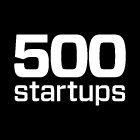 500 Startups is one of the most diverse and influential startup accelerators in the world. Although they are based in Mountain View (Silicon Valley) the 500 Startups team, including founder, Dave McClure, go out of their way to curate and vet startups from across the country and around the world to their cohort-based accelerator.
500 Startups is one of the most diverse and influential startup accelerators in the world. Although they are based in Mountain View (Silicon Valley) the 500 Startups team, including founder, Dave McClure, go out of their way to curate and vet startups from across the country and around the world to their cohort-based accelerator.

